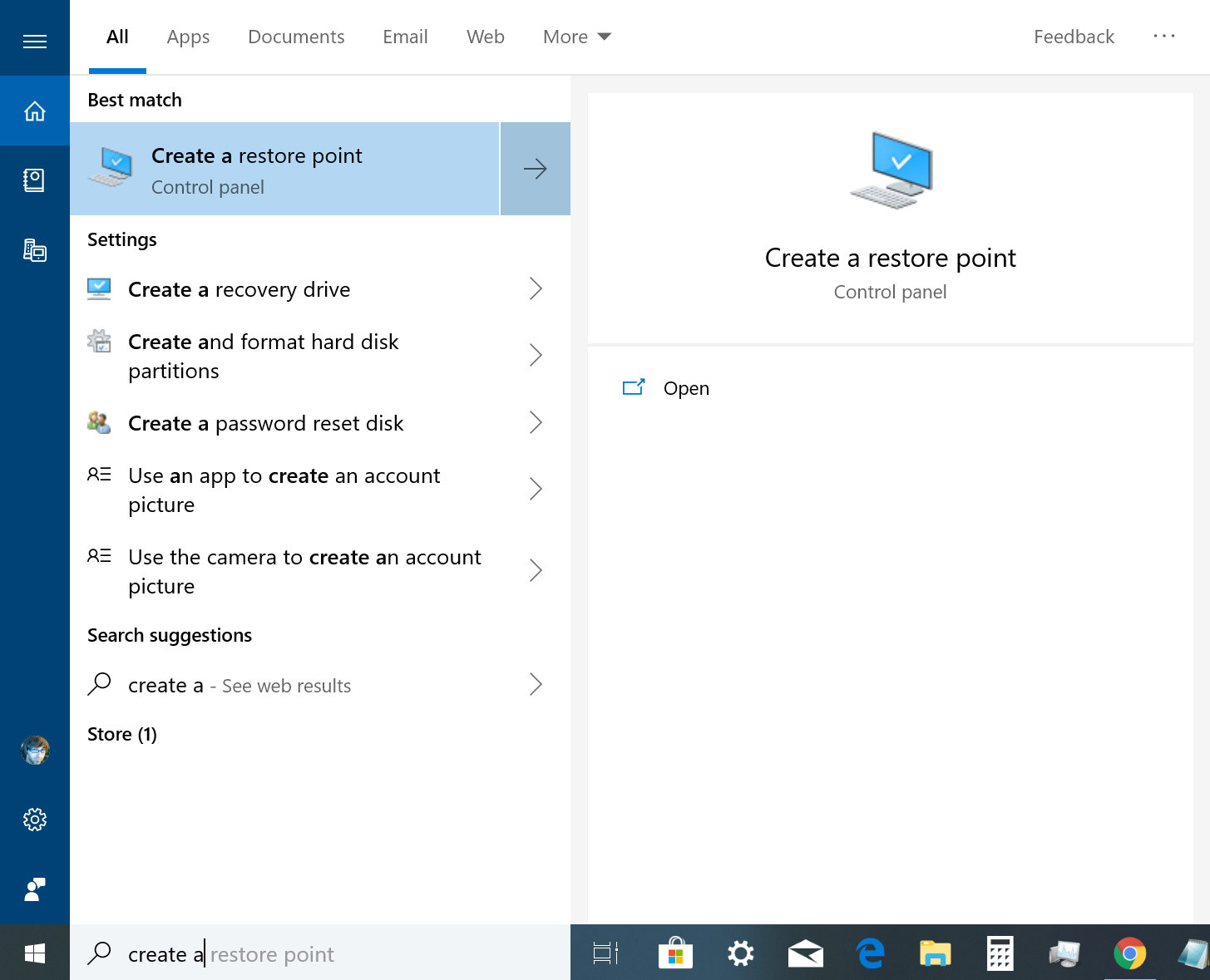
:no_upscale()/cdn.vox-cdn.com/uploads/chorus_asset/file/19993829/restore_point_2__1_.png)

If you ever need to use the recovery drive to reinstall Windows 10 on your PC, see Recovery options in Windows for further instructions. You might be asked to enter an admin password or confirm your choice. In the search box next to the Start button, search for Create a recovery drive and then select it. To create a recovery drive in Windows 10:

To download Windows 11 installation media, see Recovery options in Windows. Need more options for creating a recovery drive?įor Windows 7, see Create a system repair disc.įor Windows 8.1, see Create a USB recovery drive. It doesn't contain your personal files, settings, or programs. It's a good idea to Backup and Restore in Windows frequently because the recovery drive isn't a system image. If you ever need to use the recovery drive to reinstall Windows 11 on your PC, see Recovery options in Windows for further instructions. Many files need to be copied to the recovery drive, so this might take a while. When the tool opens, make sure Back up system files to the recovery drive is selected and then select Next.Ĭonnect a USB drive to your PC, select it, and then select Next. In the search box on the task bar, search for Create a recovery drive and then select it. To create a recovery drive in Windows 11: Warning: Use an empty USB drive because this process will erase any data that's already stored on the drive.


 0 kommentar(er)
0 kommentar(er)
